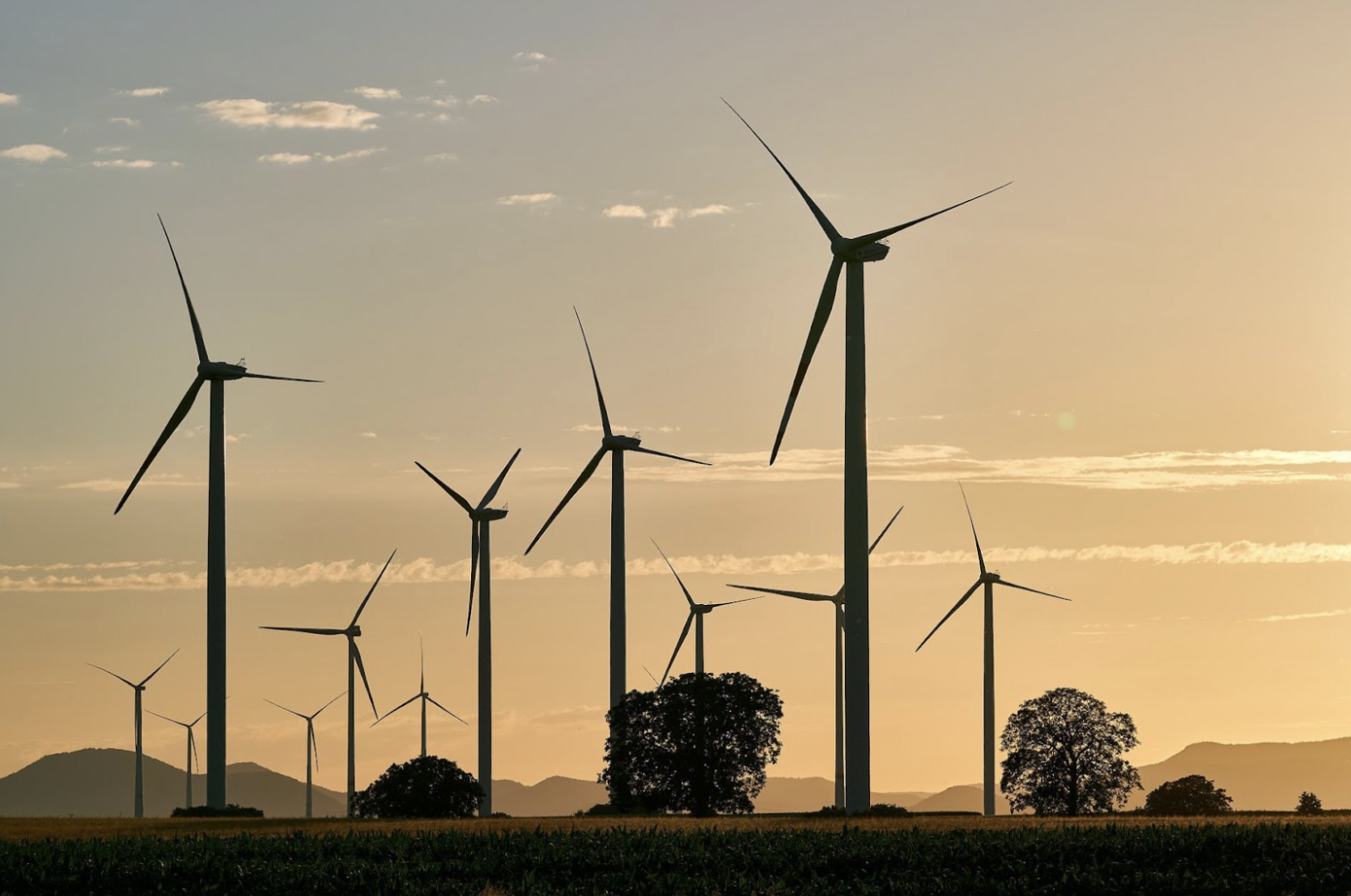
[객원 에디터 3기 / 정연우 기자 ] As of 2018, South Korea imports 93.5% of its energy and produces an average of 13.5 tons of greenhouse gases per year, making it one of the largest polluters globally. In response, Korea announced its Green New Deal on July 14th, 2020, with the aim of taking concrete actions against climate change by transforming traditional industries into an increasingly green economy and providing digital services and safety nets for citizens through a network of fiscal support to promote private sectors, expand job opportunities, and capitalize on the country’s digital by 2025.
Out of the three main New Deal proposals announced, the Green New Deal’s expenditure accounts for 45.88% of total national expenditure at 73.4 trillion KRW, which stands as a strong testament to the country’s willingness to invest in reducing its greenhouse gas emissions. The Korean government plans to achieve this by investing in sustainable renewable energy, undertaking eco-friendly infrastructure developments and moving towards a carbon neutral economy through the reduction of gasoline powered vehicles.
Furthermore, the Green New Deal is estimated to create 387,000 new jobs by 2025 driven by the construction of solar and wind energy infrastructures around the nation after a recent report by the Korea Institute of Energy Research indicated that Korea had a potential renewable energy capacity of around 557 megatons. Despite the high costs of this transition and potential backlash fromcivil society due to safety and environmental considerations, the government has announced their intention to maximize their use of available renewable resources.
An alternative to the Green New Deal is to pursue eco-friendly infrastructure and remodle public buildings and schools such that their energy demands are met by sources other than combustion and fossil fuels from boilers or furnaces. As change can only be possible through a bottom-up process headed by the private sector, the government plans to provide technology and development support for small and medium enterprises that are engaged in green research and development. This includes creating a 215 billion KRW public-private joint fund and making 1.9 trillion KRW worth of loans available for SMEs to invest and expand their scales and invest more in environment protection.
And finally, with plans to achieve a carbon neutral economy by 2050, Korea has announced its goal to extensively reduce carbon dioxide produced through transport vehicles. Thus, the Green New Deal intends to expand the supply of electric and hydrogen vehicles through the green car subsidy programme, offering up to 20 billion KRW in subsidies for electric vehicles and a further 42 billion KRW for hydrogen fuel-cell electric cars. Decreasing the consumer costs for these products will incentivize citizens to increasingly adopt these environmentally friendly vehicles.
In a mixed economy like that of South Korea, close collaboration between the private and public sector is necessary to effectively combat climate change. As private enterprises, fundamentally driven by profit maximizing objectives, require monetary incentives to transition and adopt greener technologies, the Korean government has introduced a series of legislations, grants, and subsidy programs to incenticize research, development, and adoption of more environmentally friendly business models and practices. However, as the onset of the Covid-19 pandemic has redirected the government’s focus and resources towards its containment efforts, Korea’s ability to achieve its green objectives may be slightly delayed. Perhaps it is time for the government to adapt to the situation and find new ways for people to recover form the Covid-induced economic downturn while still keeping environmental objectives at the top of the agenda.
Sources: IEA, UNDP, Heinrich Böll Stiftung, Statista





